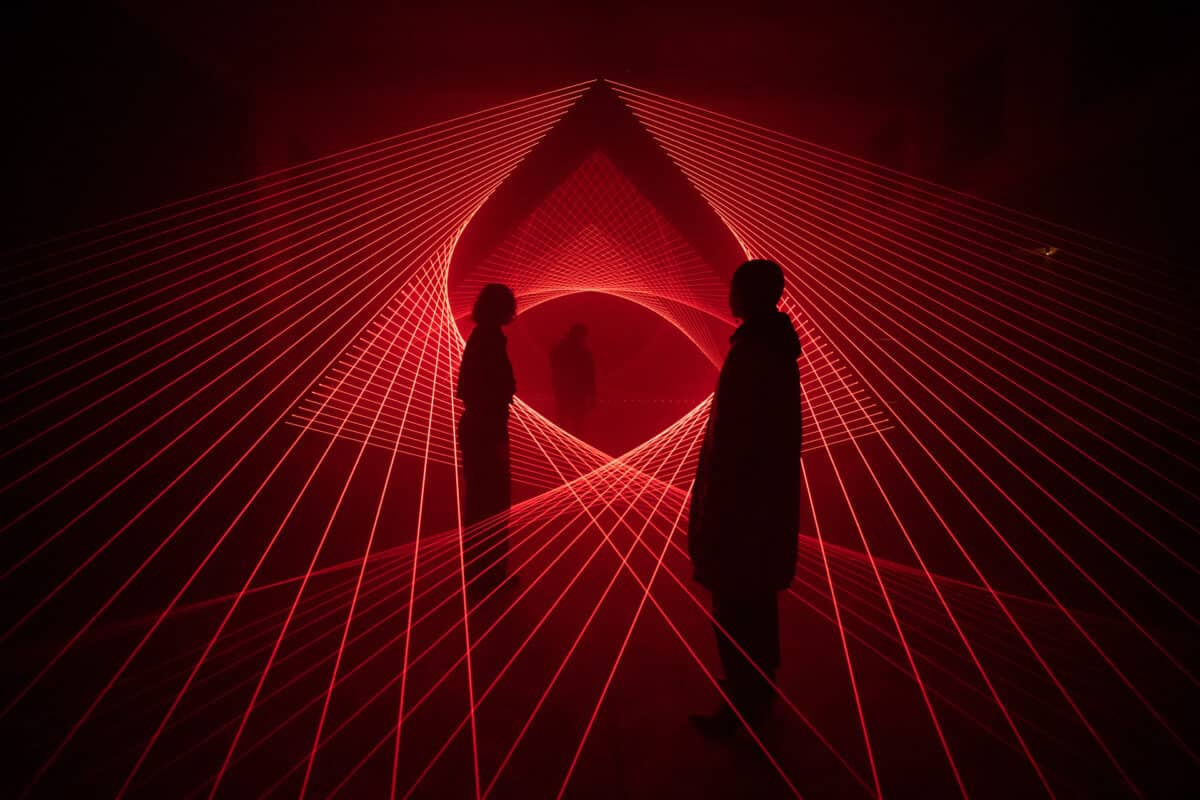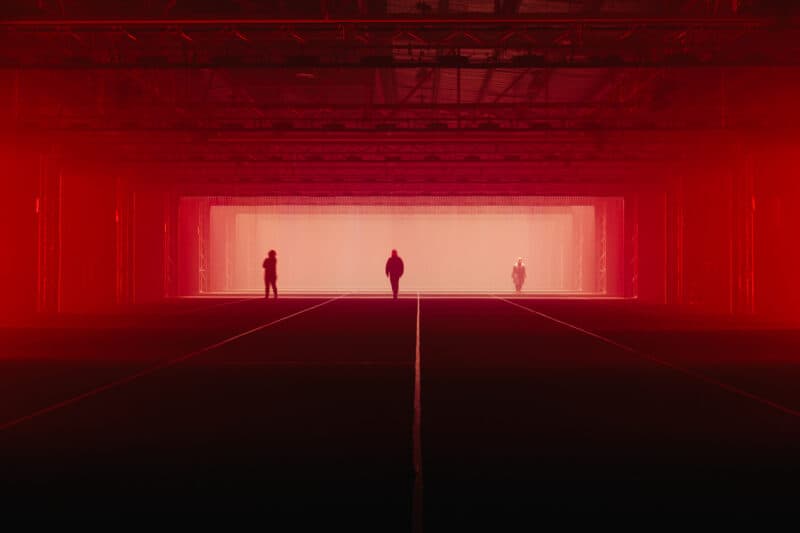Another in the occasional series What’s Wrong With Art- Tabish Khan the @LondonArtCritic loves art and visits hundreds of exhibitions a year. But every now and then he comes across something in the art world that doesn’t meet his approval.

It feels like everywhere you turn in London a new art experience is popping up, swiftly followed by an art critic slating it – here’s Time Out taking apart Superblue and The I taking on a truly terrible Van Gogh experience. I’ve even gotten in on the action with an entry in this column dedicated to poor art experiences. In all of these cases I genuinely feel that the criticism is merited. But should all experiences get the same treatment?
It’s natural for those who love art to get upset when the art they love is bastardised into an experience that displays it in a way that it was never meant to be shown – the united cry is that the art should be enough and there’s no need to sensationalise it. Or often that the experience may make you feel overawed, but it’s lacking in conceptual depth.
However, that does mean that experiences are often in a no-win scenario with dedicated art lovers and critics – who will be quick to criticise and only grudgingly accept that some experiences are ok. I’ve noticed some experiences no longer bother with press views as they know they are unlikely to get write-ups and focus more on advertising via social media and influencers for traction – now in some cases that is because they’re awful, but for others it’s a case of knowing what’s likely to drive more visitor attendance.
If you do manage to visit any art experience then it’s interesting to see how they have much broader appeal than galleries or museums, with plenty of visitors there who don’t frequent galleries and museums because they deem them stuffy or intimidating. Now it’s not like these experiences are stealing visitors from museums as figures from the Government suggest that only 50% of people visit museums, and that’s even lower among the Black and Asian British populations. Those figures don’t make for pleasant reading but it does show there’s a wide open market for these experiences, and I’d much rather these visitors experience art in this way than never.
That’s not to say we should embrace all art experiences but if people are slating most of them then it’s hard for the prospective audience to know which ones are actually worth visiting. The three I mentioned at the start of the article are dire but I was impressed by Thin Air at The Beams in East London, the Hockney experience in Kings Cross and the mind-bending Twist Museum. Even though I find Frameless London lacking in enough context for the art, I can appreciate the technology used by it is very impressive.
Now there’s still a lot to improve in these art experiences as so far I’ve found their hit rate, in terms of those I’ve enjoyed, is still below 50% and many of them are ludicrously expensive – usually hovering between the £25-£30 mark. But they are here to stay and we’ll have to get used to them. Just as television has room for both nature documentaries and reality TV, there’s definitely enough space for art experiences to be part of a city’s wider cultural offerings – especially the stronger ones.
For more in this series, see my thoughts on what’s wrong with art according to ChatGPT, pay what you like, outdoor art, inappropriate selfies, it’s air conditioned, why everyone is wrong about NFTs, poor press releases, experience as art, commercial as a dirty word, new galleries opening in London, video art at home, the Hockney roundel, art finds a way, art being free, Online exhibitions, Turner Prize 2019, artist’s request for feedback, the reaction to the shredded Banksy, #FriezeWeek, Blockchain hype, Finding art, Private views, Art itself, Appointment only exhibitions, Artificial Intelligence replacing artists, Everyone’s a Critic, Photo London, The Turner Prize, Art for art’s sake, Conceptual art is complicated, Condo, How performance art is presented in museums, Frieze week floozies, too much respect for an artist’s legacy, opinions not being welcome, an exhibition across three countries, tackling race and gender in art, artist-curators, art fair hype, top 5s and top 10s, our political art is terrible, gap left by Brian Sewell, how art never learned from the Simpsons, why artspeak won’t die, so-called reviews, bad reviews are bad for business, the $179m dollar headline, art fairs appealing to the masses, false opening hours, size matters and what’s wrong with video art.
Image from Thin Air at The Beams. Artwork by Matthew Schreiber. Photo: Sandra Ciampone





